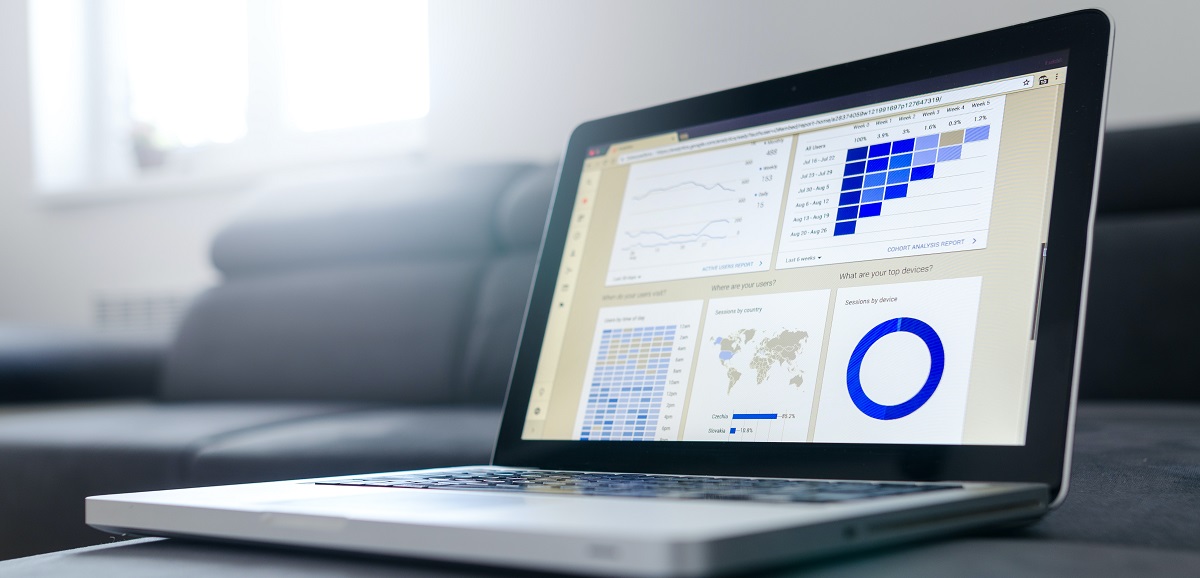Data Analytics

Overview
Our Data Analytics service transforms raw data into actionable business insights through advanced analytics techniques. Using cutting-edge technologies and methodologies, we help organizations derive meaningful patterns, trends, and correlations from their data to drive informed decision-making.
Whether you need to analyze customer behavior, optimize operations, or identify new market opportunities, our analytics team combines statistical expertise with business acumen to deliver solutions that unlock the full potential of your data. We implement industry best practices for data governance, privacy, and visualization to ensure your analytics initiatives deliver measurable results.
Key Benefits
- Data-driven decision making
- Improved operational efficiency
- Enhanced customer insights
- Proactive risk management
- Revenue optimization opportunities
- Comprehensive reporting and dashboards
Unlock the Power of Your Data Today
Discover how our data analytics services can help you extract valuable insights and drive strategic business growth.
Request a ConsultationCore Capabilities
Descriptive Analytics
We transform historical data into meaningful insights through comprehensive reporting and dashboards. Our descriptive analytics solutions help you understand what has happened in your business and identify key performance indicators.
Diagnostic Analytics
Our diagnostic analytics services delve deeper into your data to uncover why certain events occurred. We implement advanced correlation analysis and root cause identification techniques to explain trends and anomalies.
Data Visualization
We create intuitive and interactive visualizations that make complex data accessible to all stakeholders. Our visualization solutions leverage tools like Tableau, Power BI, and custom web interfaces for maximum clarity and impact.
Data Integration
We develop robust ETL (Extract, Transform, Load) processes that consolidate data from disparate sources into unified analytics platforms. Our integration solutions ensure data consistency, quality, and accessibility.
Statistical Analysis
Our statistical analysis services employ advanced techniques like regression analysis, hypothesis testing, and multivariate analysis to identify significant patterns and relationships within your data.
Custom Analytics Solutions
We develop tailored analytics solutions for industry-specific challenges, from retail customer segmentation to healthcare outcomes analysis. Our custom approaches address your unique business requirements.
Related Services
Our Data Analytics service works seamlessly with other solutions we offer:
Business Intelligence
Transform your raw data into actionable insights with comprehensive BI solutions that enable strategic decision-making across your organization.
Predictive Analytics
Leverage advanced machine learning and statistical models to forecast trends, identify opportunities, and mitigate risks before they occur.

